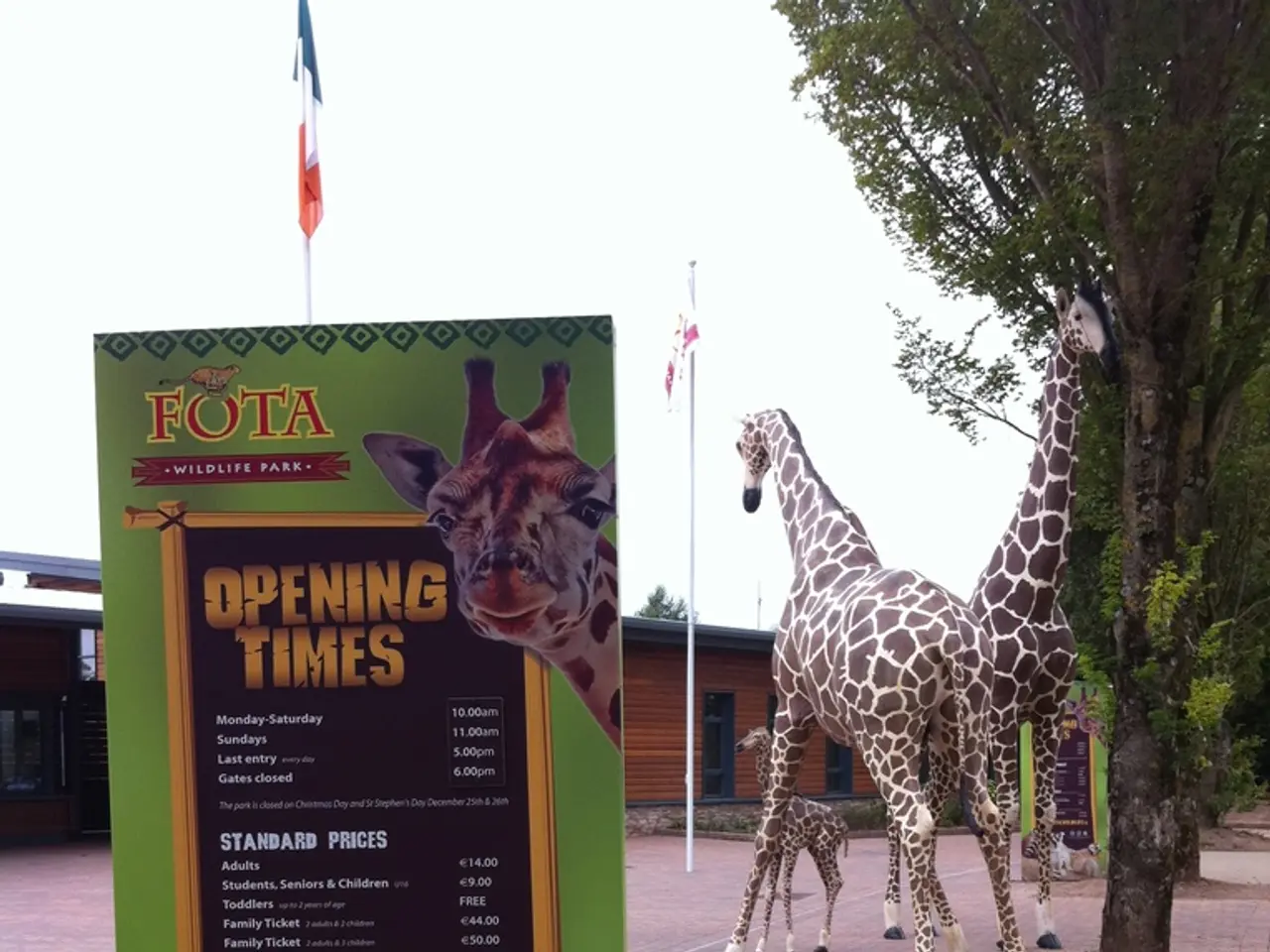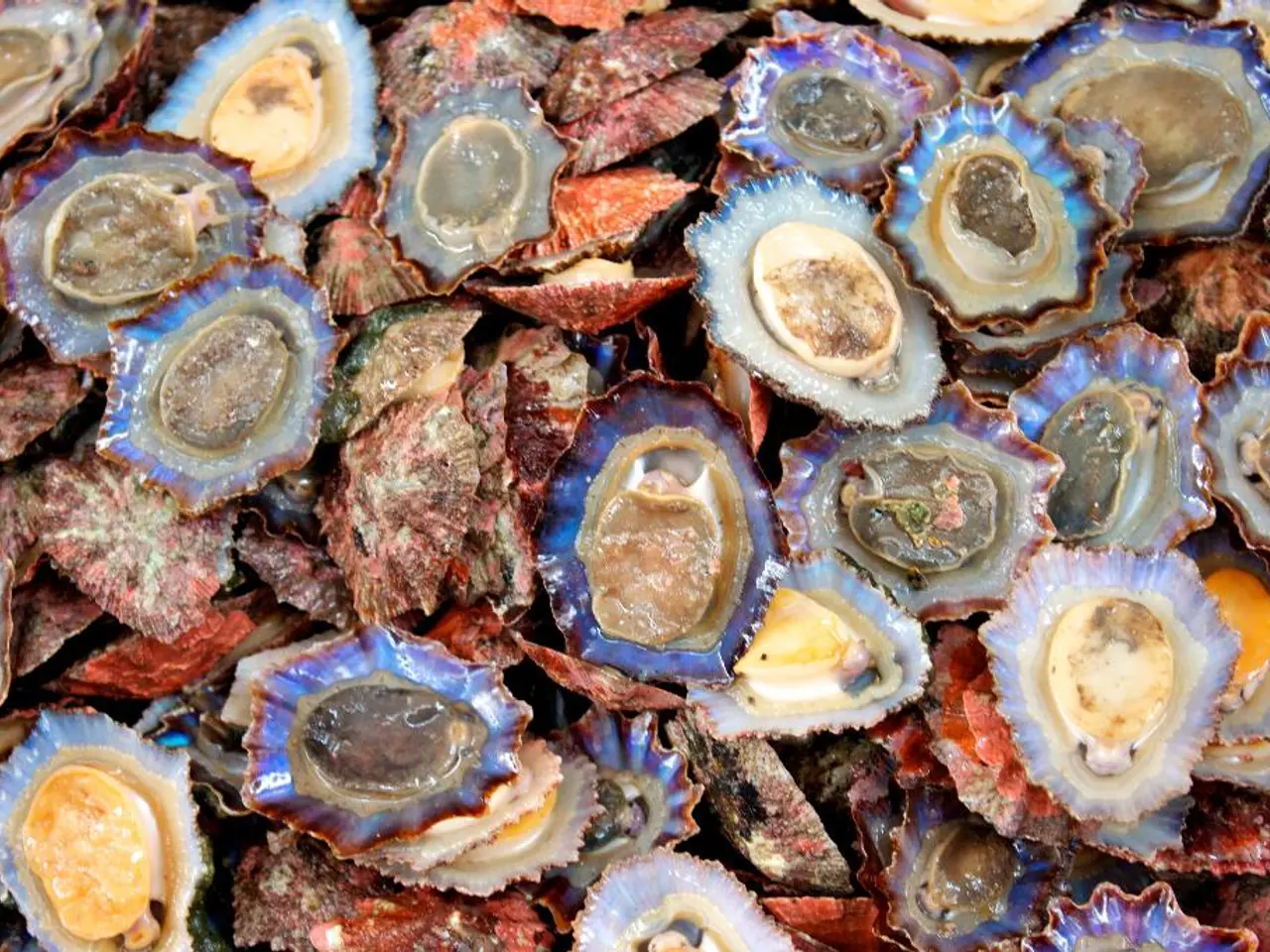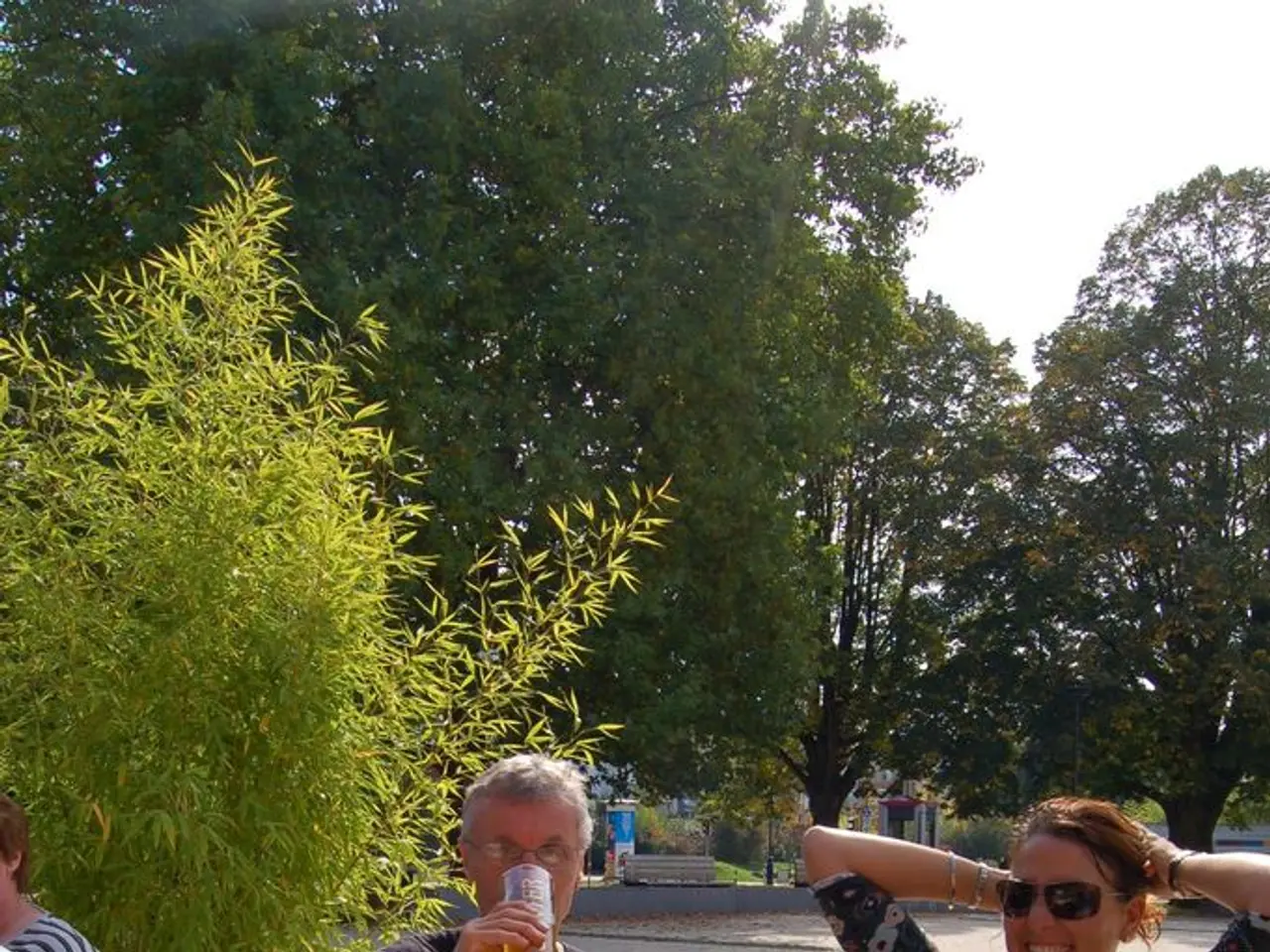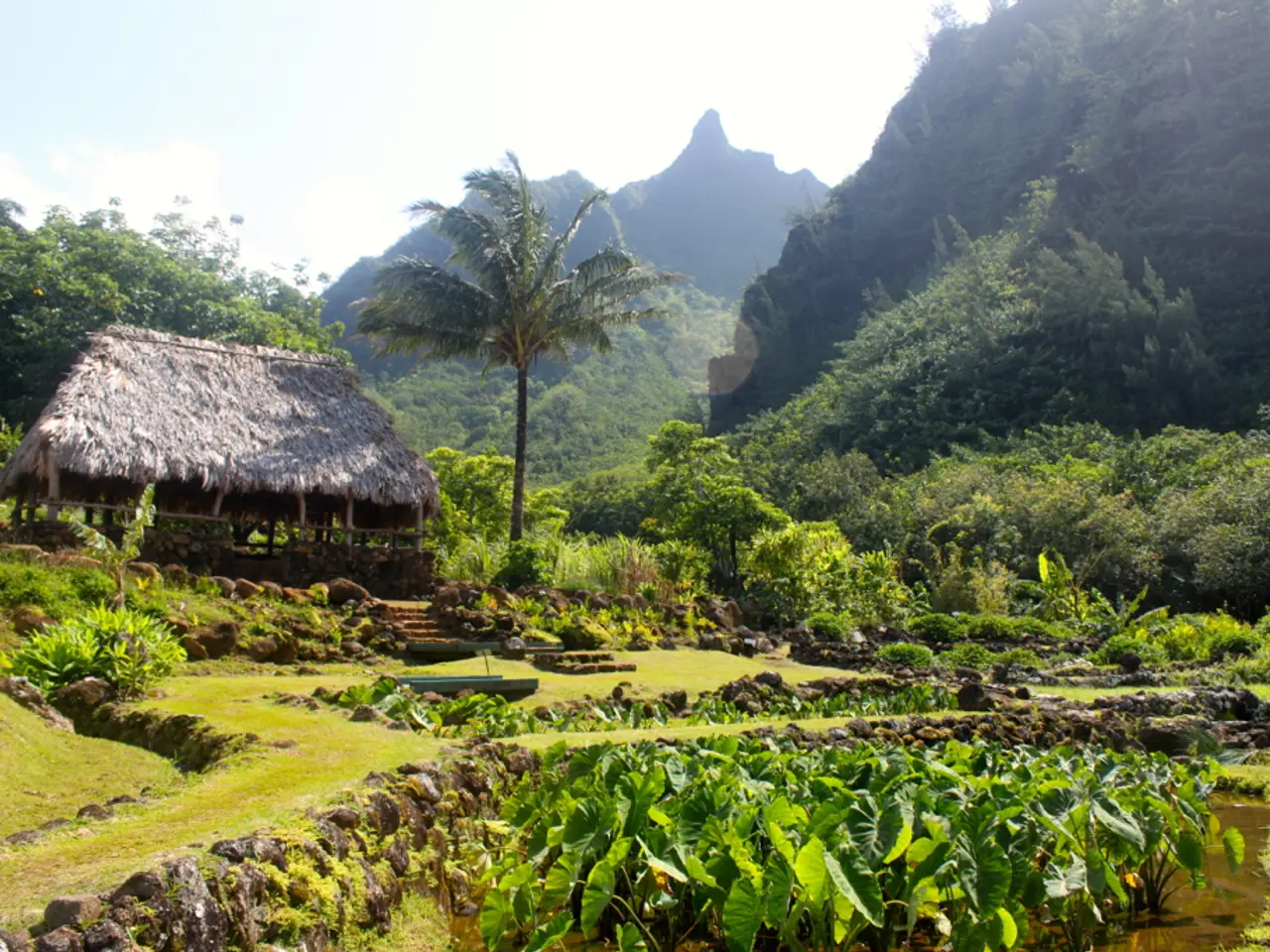Ancient 'Goatelope' Mummy Discovered in Melted Glacier by Scientists After 500 Years
In the heart of the Alps, the rapid melting of glaciers is revealing hidden treasures of the past, with scientists anticipating the discovery of well-preserved animals, human artifacts, and remains. This year, a mummified chamois, a small, goat-like animal, was extracted from Austria's Gepatschferner glacier, offering a unique glimpse into the region's history.
The chamois, sometimes called "goatelopes," are found in the mountains of southern Europe and western Asia. This particular specimen, discovered at an elevation of over 11,000 feet, was around two years old when it died, and its remains have been perfectly preserved in the ice for centuries.
The chamois was found by a team of glaciologists during a routine check-in on a nearby weather station. Although its skin has peeled off its head, exposing its bare eye sockets, its skin remains taut and leathery over its chest and ribcage. Other pieces of fur were found littered about the glacier, suggesting that this might not be the only discovery of its kind.
The chamois' discovery comes as no surprise to scientists like Albert Zink, head of the Institute for Mummy Studies at Eurac Research in Bolzano, Italy. Zink and his colleagues are already preparing for the potential discovery of another prehistoric human similar to Ötzi the Iceman, a well-preserved natural mummy dating back over 5,300 years.
Ötzi, who was five-foot-two, had brown eyes, and dark brown hair, was initially believed to be a lost 20th-century explorer. However, further investigation revealed that he was an ancient human who had been perfectly mummified within the ice.
As glaciers continue to melt due to climate change, scientists expect to uncover more ancient frozen animals, human artifacts, and remains, offering untapped windows into natural history and human heritage previously hidden by ice. In fact, researchers estimate that there were roughly eight more meters of ice underneath the chamois, dating back approximately 6,000 years.
While the chamois was extracted from the ice this year due to the rapid melting, it had to be quickly transported to a facility for preservation due to its high altitude and limited time. Fischer, a glaciologist, believes that if another prehistoric human is found, it could happen this summer.
The current summer in the Alps has been dramatic due to rapid melting, allowing for the discovery of the mummified chamois. Although the accelerating glacier melt in the Swiss Alps is also causing devastating events like the 2025 rock-ice collapse that buried the village of Blatten, these events and the overall glacier retreat create new landscapes to explore, where notable paleontological, archaeological, and historical finds are expected.
References: [1] Fischer, A. (2021). Glaciers Melting Reveal Hidden Secrets. National Geographic. Retrieved from https://www.nationalgeographic.com/science/article/glaciers-melting-reveal-hidden-secrets
[2] Zink, A. (2021). The Iceman Cometh: The Search for Ötzi's Peers. Scientific American. Retrieved from https://www.scientificamerican.com/article/the-iceman-cometh-the-search-for-otzis-peers/
[3] Kaser, G., & Braun, M. (2019). The melting Alps: a review of recent changes in glacier mass balance. The Cryosphere, 13(5), 1345–1382. https://doi.org/10.5194/tc-13-1345-2019
[4] Haeberli, W., Hoelzle, M., & Paul, F. (2007). Glacier mass balance and climate change in the European Alps. Climate Research, 37(3), 229–245. https://doi.org/10.3354/cr007229
- The extraordinary find of the mummified chamois could encourage further explorations into the intersection of environmental science and health-and-wellness, as researchers predict the discovery of more ancient species like this one in the melting Alpine glaciers.
- Despite the destruction caused by climate change, especially in the form of rapid glacier melt, the descendants of sports enthusiasts might one day learn about their ancestors' fascination with mixed-martial-arts, as artifacts indicating such interests may be unveiled within the melting ice.
- While the melting glaciers are alarming indicators of a changing climate, they offer a unique opportunity for science to delve deeper into the mysteries of both the natural environment and human history, providing invaluable insights into both climate-change and environmental-science.




